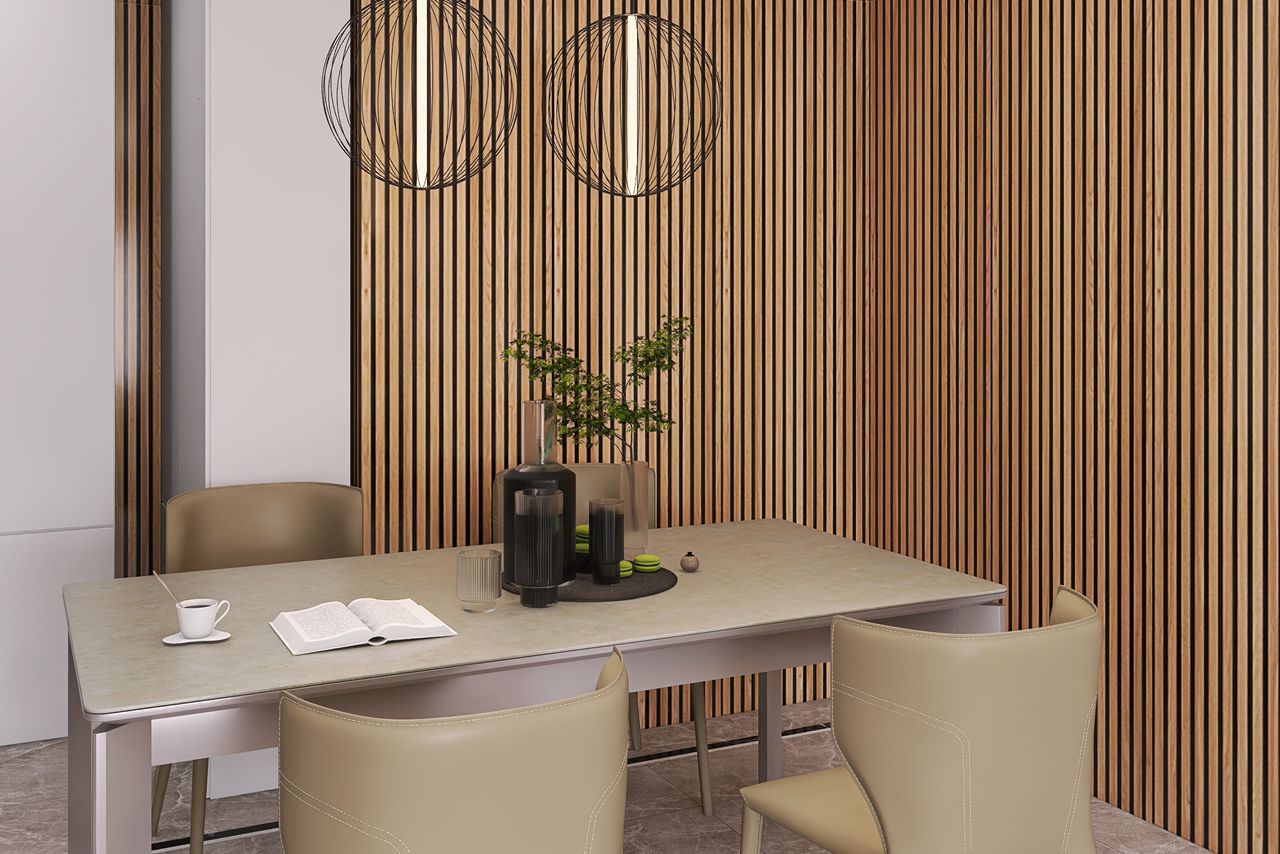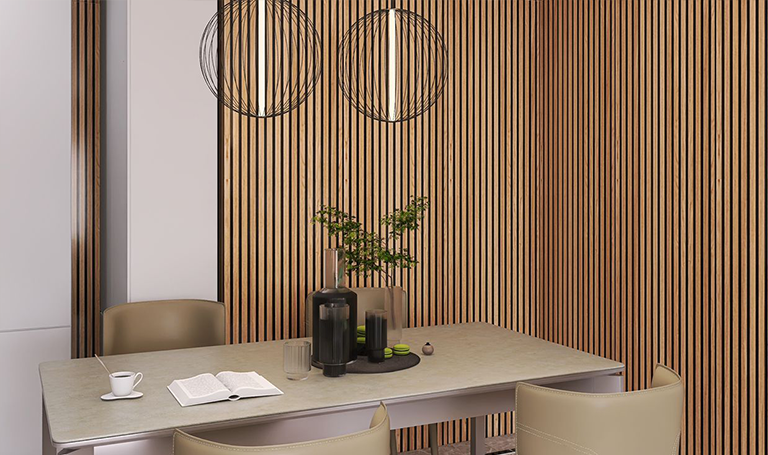
Why Sustainable Wall Coverings Are the Future of Interior Design
The world of interior design is shifting towards sustainability, and wall coverings are no exception. Growing emphasis on eco-friendly options has led to the emergence of sustainable wall coverings as a transformative solution for creating beautiful, functional, and environmentally conscious spaces. Using [dcl=4019] can transform your space into an eco-friendly sanctuary. Whether you’re designing a home, office, or commercial space, sustainable wall coverings provide a way to achieve a modern aesthetic while minimizing environmental impact.
What Are Sustainable Wall Coverings?
You can choose [dcl=4019] to add a modern touch while keeping the environment in mind. Materials that are sourced and produced with the least amount of negative impact on the environment are considered sustainable wall coverings. Reclaimed wood, bamboo, and other renewable materials are used to make these eco-friendly covers. Sustainable wall coverings provide a long-lasting, natural substitute that improves sustainability and aesthetics, in contrast to conventional wallpaper and paint, which may contain hazardous chemicals and need regular upkeep.
Why Choose Sustainable Wall Coverings?
The Eco-Friendly Choice
Sustainable wall coverings help reduce the carbon footprint of your home or business. By opting for materials that are renewable, recyclable, or reclaimed, you contribute to the preservation of natural resources. These coverings can be produced with fewer harmful chemicals and are typically free from volatile organic compounds (VOCs), making them safer for indoor air quality.
Durability and Longevity
Sustainable wall coverings are incredibly durable in addition to being environmentally beneficial. Because they are durable and sturdy, materials like bamboo and recycled wood won’t need to be changed as frequently as more conventional options. Both waste reduction and long-term cost savings are facilitated by this durability.
Aesthetic Appeal
Sustainable wall coverings bring a unique, natural beauty to any space. The textures, patterns, and finishes available with these materials can turn ordinary walls into stunning design features. Whether you prefer rustic wood panels, sleek bamboo, or textured stone, sustainable wall coverings offer a wide range of design possibilities to suit any style.
Types of Sustainable Wall Coverings
Reclaimed Wood Panels
Reclaimed wood is one of the most popular options for sustainable wall coverings. It’s sourced from old buildings, barns, and furniture, giving it a rich history and character. Reclaimed wood panels add a rustic charm to any room, providing warmth and texture while reducing waste.
Bamboo Wall Panels
Bamboo is a fast-growing, renewable resource that’s perfect for sustainable wall coverings. Bamboo panels are lightweight, durable, and resistant to moisture, making them ideal for various spaces, including kitchens and bathrooms. Bamboo’s natural appearance blends well with both modern and traditional interior designs.
Cork Wall Tiles
Cork is another eco-friendly material that’s becoming increasingly popular for wall coverings. As a renewable resource, cork is harvested from the bark of cork oak trees without harming the tree itself. Cork wall tiles provide a soft, textured surface that is sound-absorbing and moisture-resistant.
Benefits of Sustainable Wall Coverings
- Eco-Friendly: Made from renewable, recycled, or reclaimed materials, reducing environmental impact.
- Improved Indoor Air Quality: Free from toxic chemicals and VOCs that can harm indoor air.
- Durability: Long-lasting materials that resist wear and tear, reducing the need for frequent replacements.
- Aesthetic Versatility: A variety of textures and finishes to suit any design style.
- Easy Maintenance: Low-maintenance options that are easy to clean and care for.
How to Incorporate Sustainable Wall Coverings into Your Home
Incorporating sustainable wall coverings into your home is easier than you might think. Here are a few tips to help you get started:
- Accent Walls: Use sustainable materials like reclaimed wood or bamboo for an accent wall in your living room or bedroom to create a focal point.
- Office Spaces: Sustainable wall coverings can add character to office spaces while promoting a healthy environment for employees.
- Bathrooms and Kitchens: Opt for moisture-resistant materials like bamboo or cork for your bathroom or kitchen walls, creating a stylish and sustainable atmosphere.
- Commercial Spaces: Sustainable wall coverings are an excellent choice for restaurants, hotels, or retail stores that want to showcase their commitment to eco-friendly practices.
FAQs About Sustainable Wall Coverings
What are the most sustainable wall coverings?
The most sustainable wall coverings are made from materials like reclaimed wood, bamboo, cork, and other renewable resources. These materials have a minimal environmental impact and offer long-lasting durability.
Are sustainable wall coverings expensive?
While sustainable wall coverings may have a higher upfront cost compared to traditional options, their durability and long lifespan often make them more cost-effective in the long run. Additionally, they can contribute to energy savings and improved indoor air quality.
Can sustainable wall coverings be used in commercial spaces?
Yes, sustainable wall coverings are perfect for commercial spaces like offices, restaurants, and hotels. They not only contribute to a more sustainable environment but also provide a unique, stylish aesthetic that enhances the overall atmosphere of the space.
Are sustainable wall coverings easy to install?
Many sustainable wall coverings are designed for easy installation, especially options like wall panels and tiles. You can choose from peel-and-stick options or hire a professional for more complex installations.
Embrace Sustainable Wall Coverings for a Better Future
With [dcl=4019], you’re not just decorating your walls; you’re helping the environment. Sustainable wall coverings are more than just a design trend—they represent a commitment to creating eco-friendly, functional, and beautiful spaces. Whether you’re redecorating your home or designing a commercial space, these materials offer a way to make a lasting impact on both your interior design and the environment. By choosing sustainable wall coverings, you are not only enhancing the aesthetic appeal of your space but also contributing to a more sustainable future.
